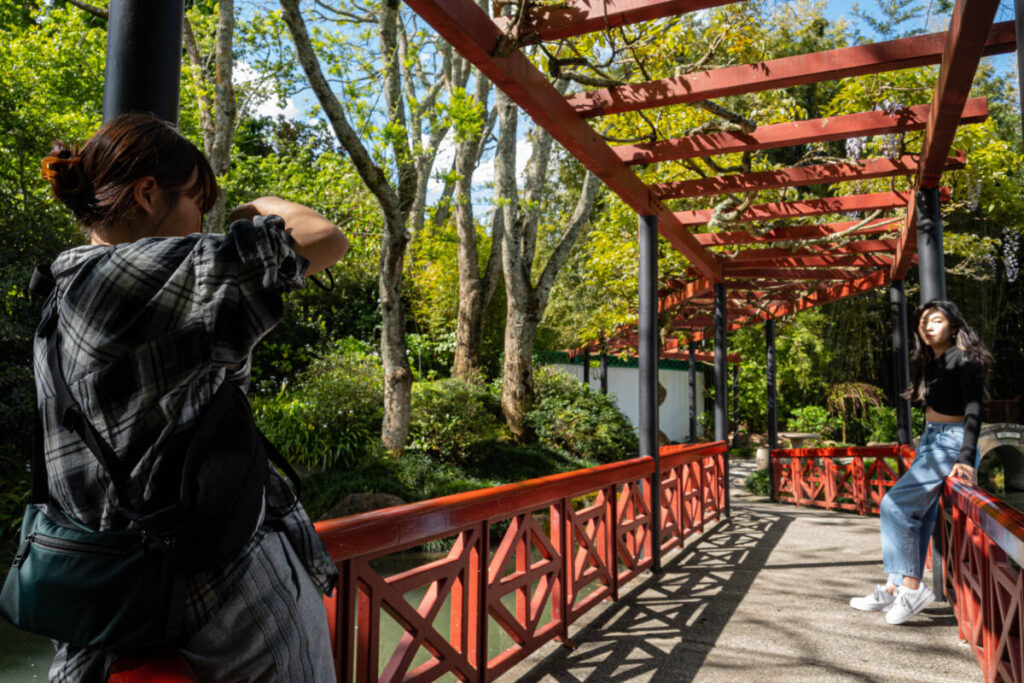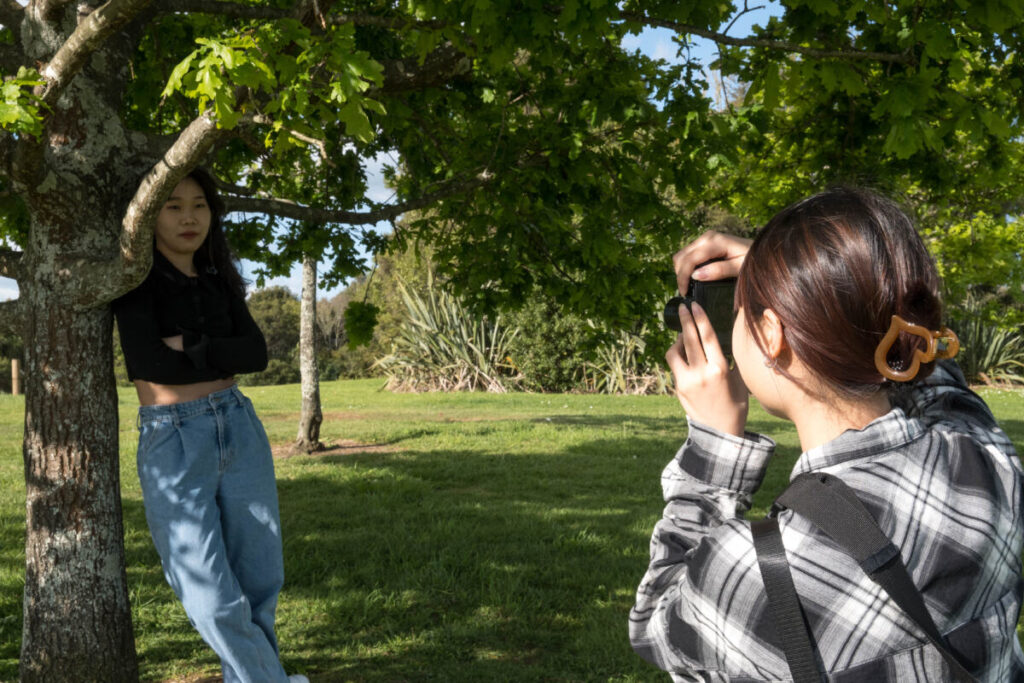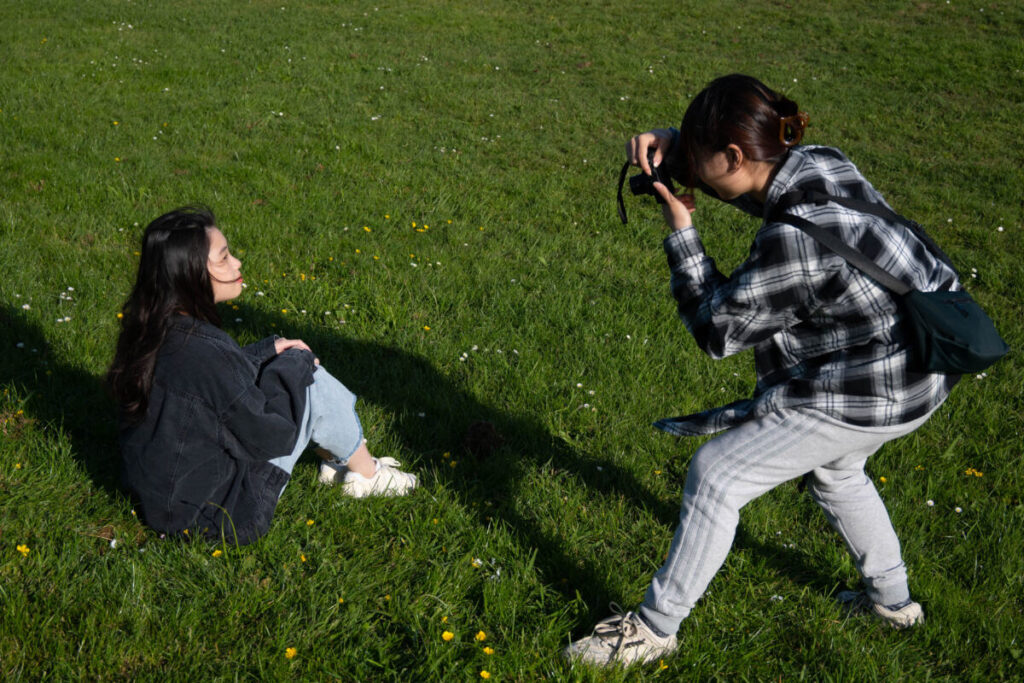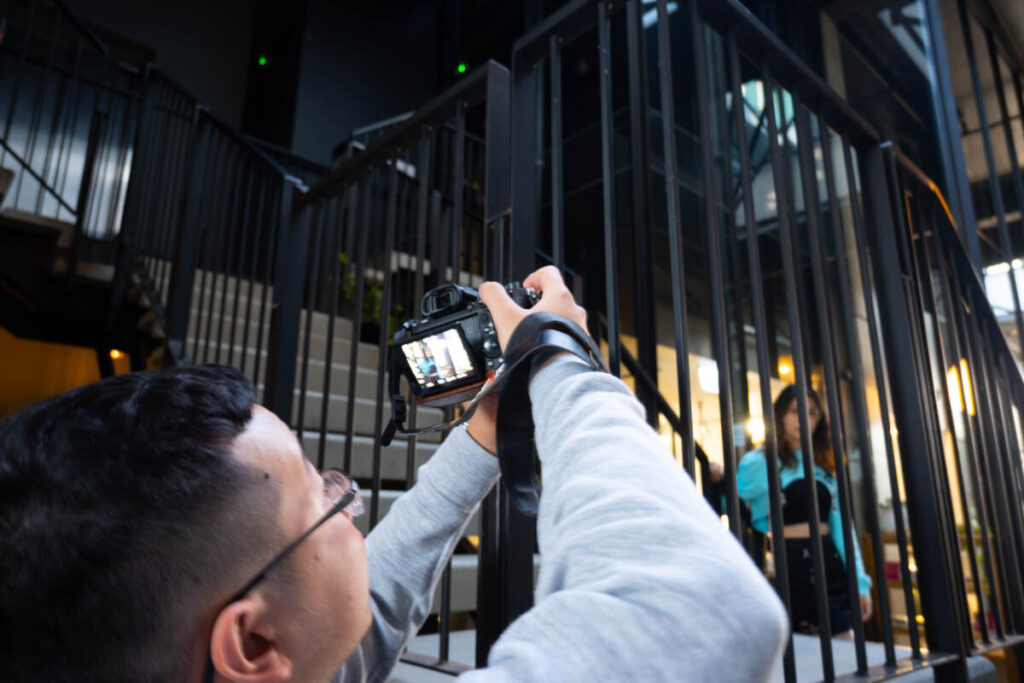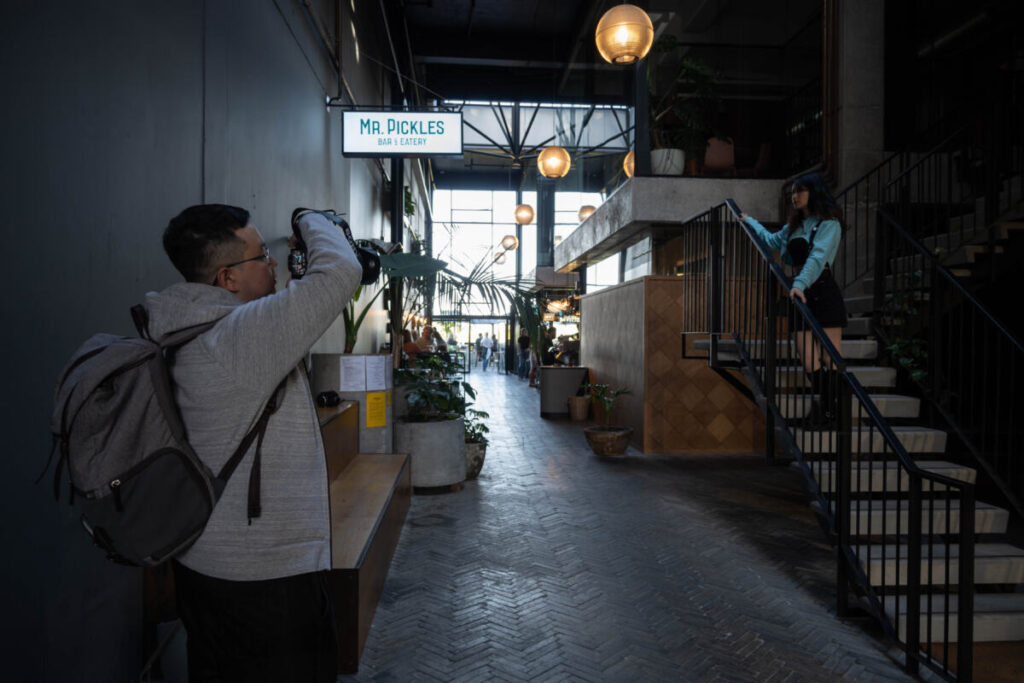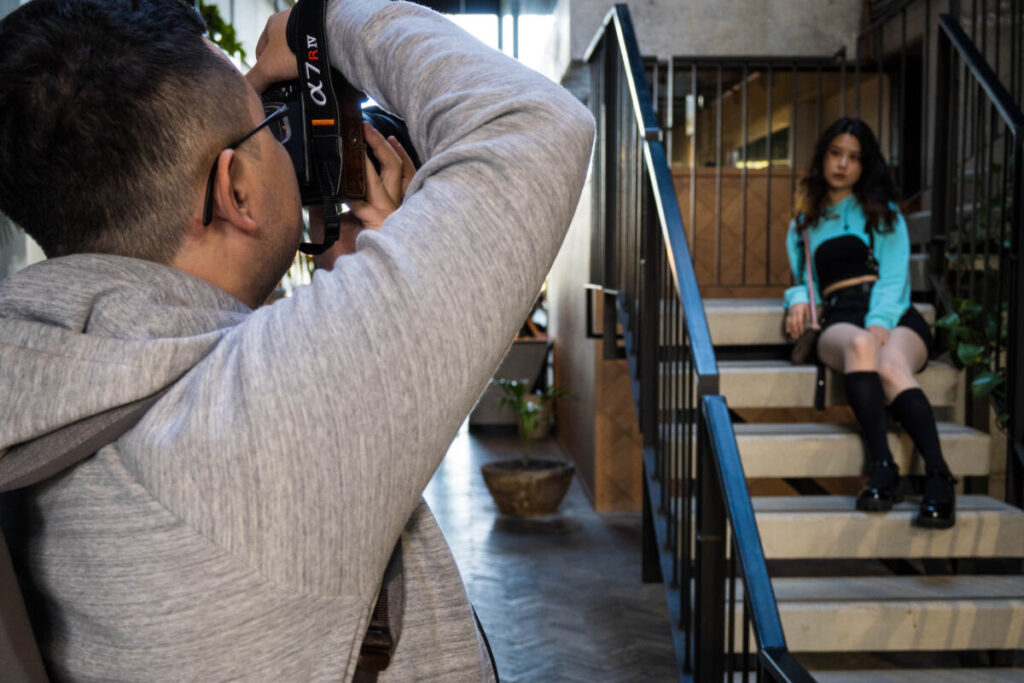AI photography – is it an improvement or a replacement for traditional photography?
Artificial Intelligence
For many people, Artificial Intelligence (AI)makes them think of highly functional humanoid robots taking over the world. In fact, the original intention of AI is not to replace humans but to greatly enhance human capabilities and contributions. Artificial intelligence is a program with deep learning capabilities and comes in many forms that we use today. For example, website chatbots use AI to understand customer questions more quickly and efficiently so they can provide more effective answers. Another form of AI is a recommendation engine, which can automatically recommend TV shows based on users viewing habits. AI is more of a process and capability for super thinking and data analysis than a format or function.
AI (artificial intelligence) photography
In photography, AI is different from traditional approaches to capturing images. It works as a function on an existing program in the form of an algorithm. So how does it work? One example is in Huawei mobile phones which have a function called AI Photography Master. AI Photography Master is a camera preset function. This function can intelligently identify the photographed objects and scenes, optimize the colour and brightness, and help you take better photos.AI can also automatically identify the subject and adjust the parameters to achieve the best results. Another example in Huawei phones is the moon mode. The moon cannot always be clearly captured by the current mobile phone camera, but in this mode, the AI will analyze that the moon is being captured and display the craters of the moon.

Shot from a brand of medium format film camera (bottom)
In addition to these functions, AI has an extremely powerful ‘image noise‘ reduction algorithm. Image noise has always been a headache for photographers, and it takes a lot of time to adjust parameters in pre-shooting or noise reduction in post-processing pictures. However, the powerful AI has big data processing capabilities and sophisticated noise reduction algorithms, which can automatically handle this problem at the moment of pressing the shutter. It can be said that AI lowers the threshold of photography and realizes everyone’s photography dream.
Although AI photography has achieved many functions in the way of relying on programs, it is still in the early stage. The ultimate goal of AI photography is to use AI technology to understand user intentions, use algorithms to automatically deploy cameras, and perfectly capture what users want. The pictures taken, from “what you see is what you get” to “what you think is what you get”, generate picture effects that cannot be captured by traditional professional cameras. So, the question is, will the booming development of AI photography affect the traditional manual photography industry?
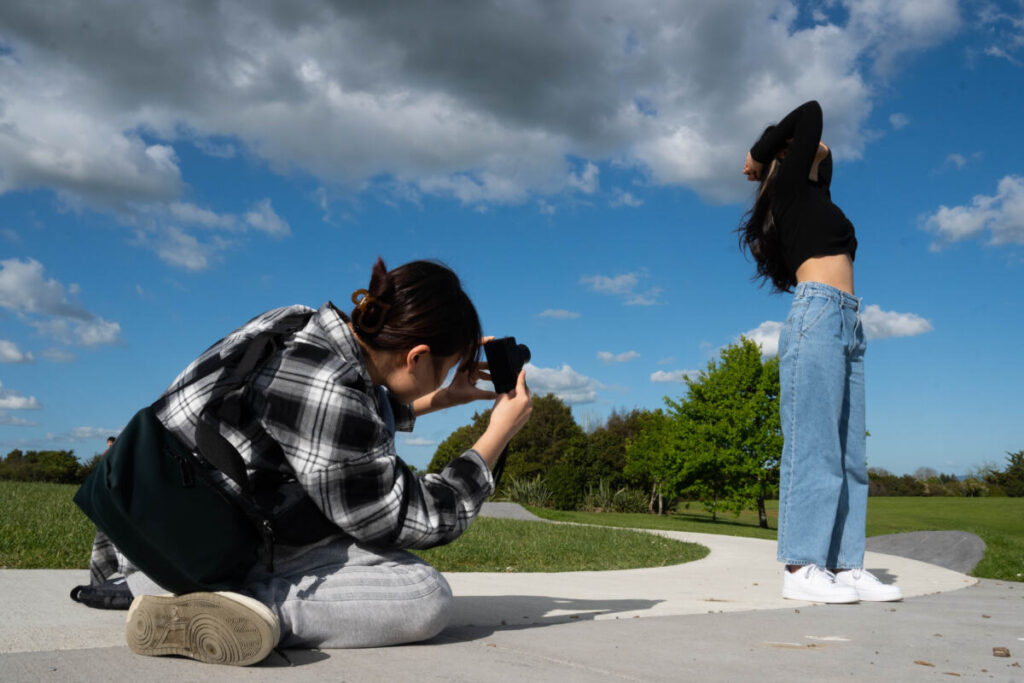
Algorithmic photography, which automates photography, is how Chinese artist and photographer ZXY understands AI photography. ZXY who is studying in Kirikiria Hamilton, says AI photography tools like scene-based focus adjustment and backlighting correction are already present on the mobile phones we use every day. For ZXY, this makes daily photography much more convenient. Ai photography will undoubtedly have an impact on traditional photography, but it also makes it simpler for photographers who wish to capture beautiful images in their daily lives.
ZXY is a very special photographer, she has a very high talent for framing, and a special ability to capture portraits. As a photographer, she only uses auto files for shooting, and the advancement of AI is the biggest benefit for her. Such complicated parameters no longer need to be mastered by physically setting them up, which leaves her to use her innate talent for framing to shoot. This means photographers can focus all their attention on how to press the shutter at the best moment, without thinking about whether they have adjusted the correct parameters. On the traditional side of the debate, Kirikiria Hamilton-based photographer SZ says, a medium format film camera is his most often used camera. He continues to utilise a camera from the previous century since, for him, medium format cameras provide the most authentic and comprehensive visual experience. When he shoots Poutotem with a film camera, he can show a sense of time that has a long history.
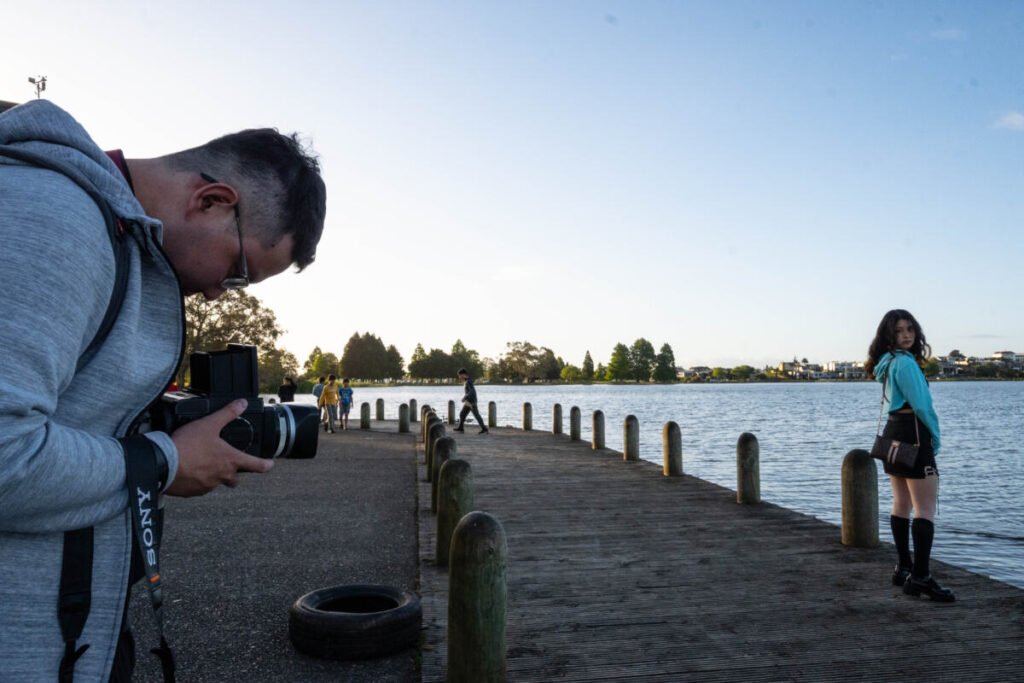
While he prefers a film camera, he claims that one of the best aspects of modern AI photography is its capacity to handle image noise, a challenge that all photographers encounter while taking pictures in dimly lit environments. It is a turning point in the history of photography because sophisticated AI has assisted photographers in finding a solution to this issue. SZ still measure Aperture and Shutter Time with a full-frame SLR camera even if he currently only uses film cameras. Even SZ, who is so archaic and idealistic, recognises the advantages that AI development has given. He claims he would not think twice to purchase a film camera equipped with cutting-edge AI algorithms if such a device ever become available.


